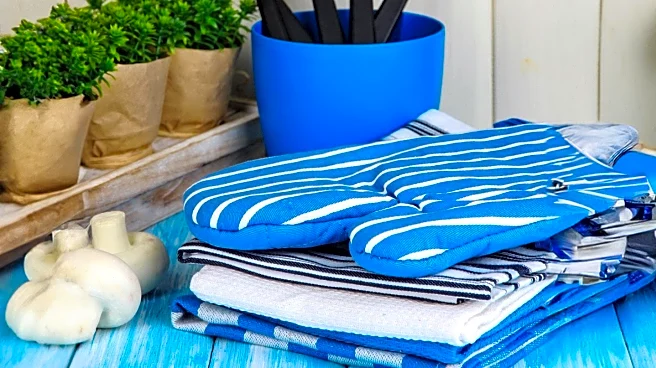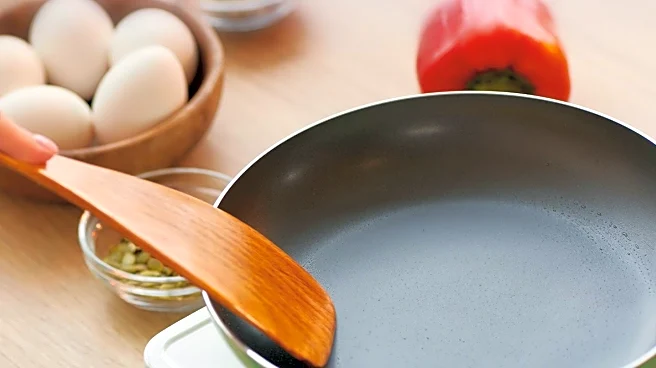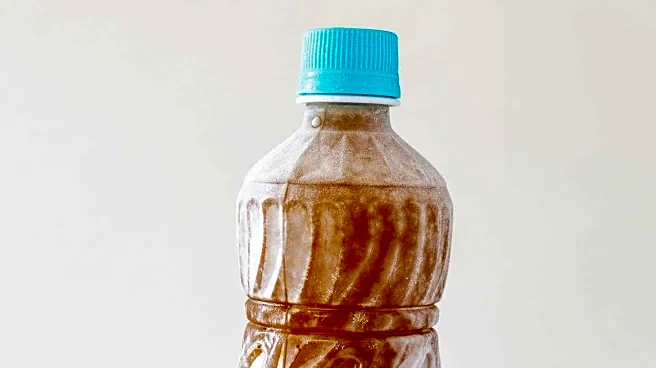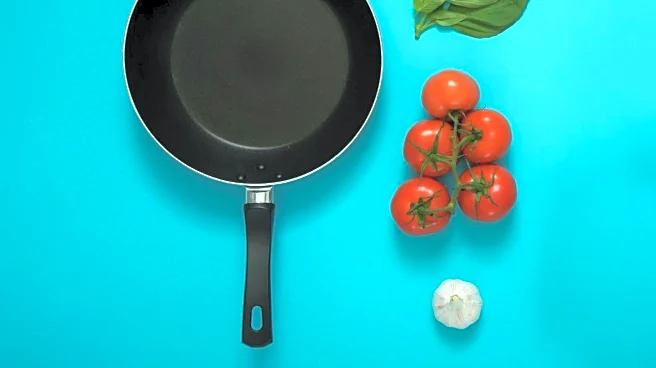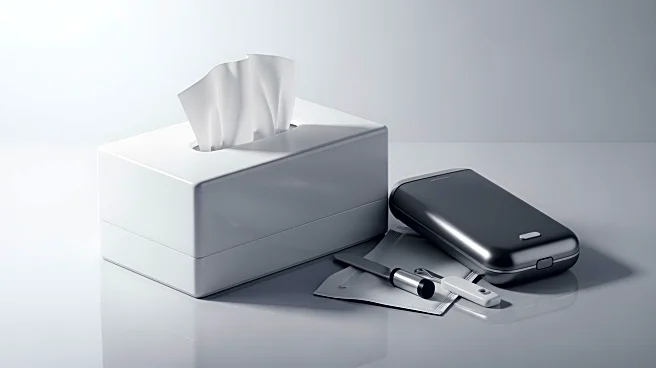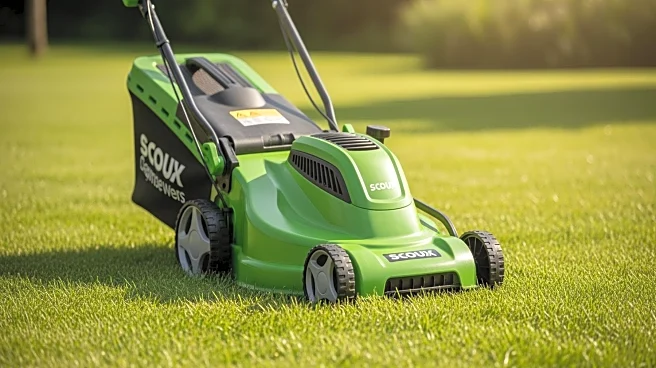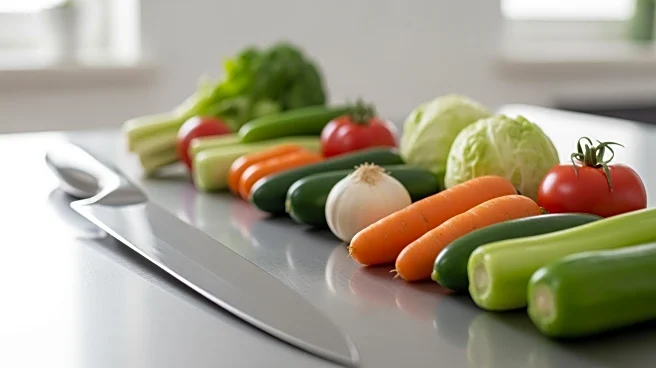What's Happening?
The article highlights the risks associated with using old and worn kitchen tools, particularly those made of plastic, which can release microplastics into food. It advises replacing items like plastic cutting
boards, storage containers, and nonstick pans with safer alternatives such as glass, bamboo, and ceramic. Experts emphasize the importance of maintaining kitchen tools in good condition to ensure safety and efficiency, recommending regular replacement of items that show signs of wear and tear.
Why It's Important?
The presence of microplastics in food poses health risks, making it crucial for consumers to be aware of the potential hazards of using degraded kitchen tools. By replacing these items with safer alternatives, individuals can reduce their exposure to harmful chemicals and improve food safety. This awareness can drive consumer demand for more sustainable and health-conscious kitchen products, influencing market trends and encouraging manufacturers to prioritize safer materials.
What's Next?
Consumers are encouraged to assess their kitchen tools regularly and replace items that are worn or damaged. This proactive approach can prevent the ingestion of microplastics and improve overall kitchen hygiene. As awareness grows, there may be increased demand for research into the safety of kitchen materials and the development of new products that minimize health risks.
Beyond the Headlines
The article touches on the broader implications of microplastics in the environment, highlighting the need for sustainable practices in product manufacturing and disposal. It suggests that consumer choices can drive industry changes, promoting the use of eco-friendly materials and reducing plastic waste.
